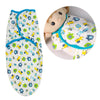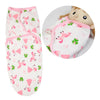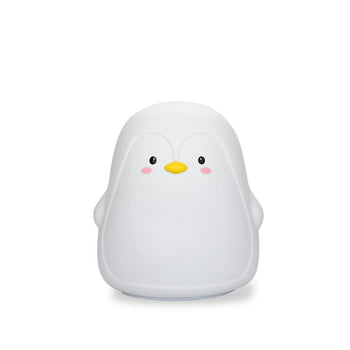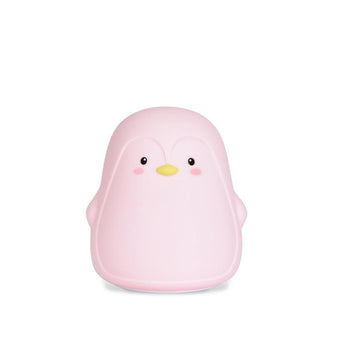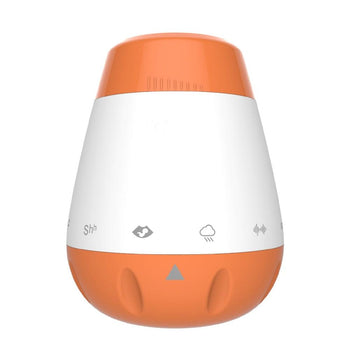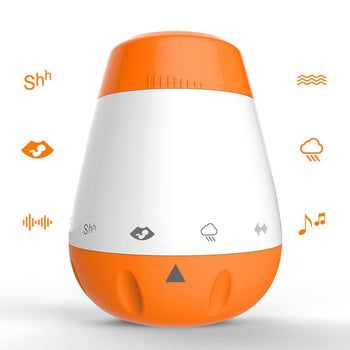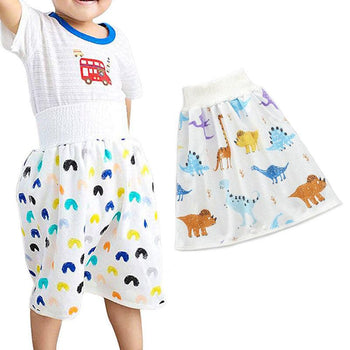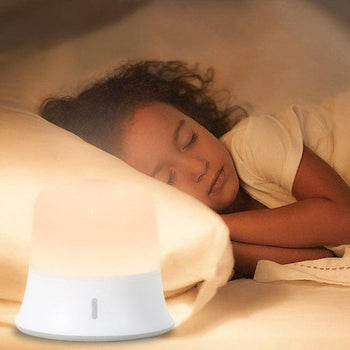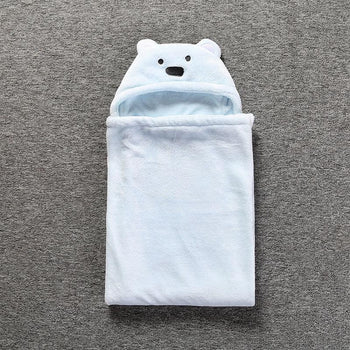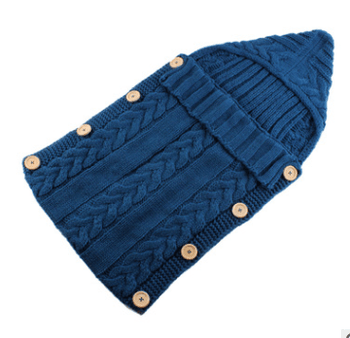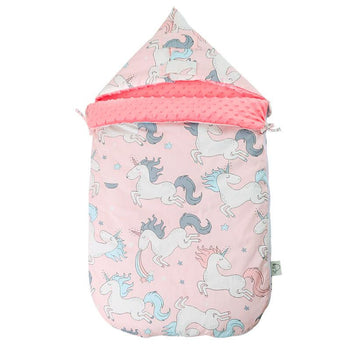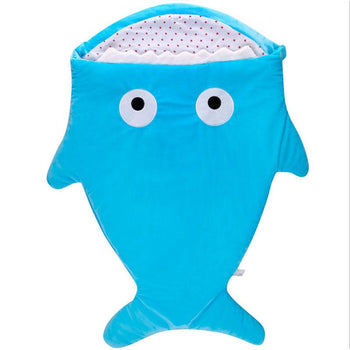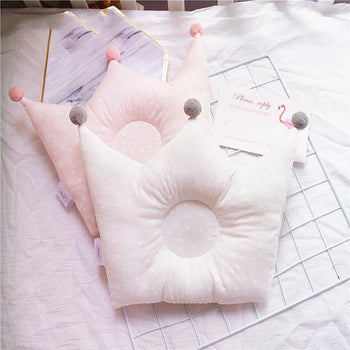What does it mean to swaddle a baby?
Swaddling is an ancient practice of wrapping your baby in a thin blanket or sheet to help him feel secure.
Many cultures have used swaddling for centuries, as a way to help babies feel more comfortable and as a method to help them sleep. This method is becoming increasingly popular today, as parents find that swaddling helps soothe their baby and reduce excessive crying.
Whether you want to swaddle your baby or not is up to you. However, understanding the risks and benefits of swaddling can help you decide what's right for you and your baby.
Swaddling a baby to sleep. What advantages?
Being well wrapped can prevent your baby from being disturbed by his own startle reflex. You may have noticed your baby shaking while sleeping. These jerks are called the moro reflex and are completely normal.
Your baby may sleep longer if he was not awakened by his own moro reflex. Swaddling can also help him calm down when he is overstimulated.
Some experts believe that swaddling helps recreate that sense of security your baby had in your womb, when there was less room to move around. Feeling hugged can help calm and soothe her, and you may find that swaddling your baby also helps her cry less often .
What are the risks associated with swaddling my baby?
By swaddling your baby too tightly, you risk affecting his mobility and development. If his legs are kept close and straight, he is more likely to develop problems with the hips (hip dysplasia).
Be sure to give your baby enough room to move their legs and feet, and especially to bend their legs up and out at the hips.
You may have heard that swaddling increases the risk of Sudden Infant Death Syndrome (SIDS). However, research suggests that this increased risk is linked to unsafe swaddling techniques, such as placing babies to sleep face down or using blankets that are too thick, rather than the practice itself.
Using a thin cotton sheet, such as muslin, and always laying the baby on their back will help reduce the risk.
Stop swaddling your baby as soon as he starts rolling onto his side or tummy. To learn when to stop swaddling your baby, read this article.
Experts also recommend swaddling your baby from birth. Don't start swaddling your baby at two or three months, when the risk of SIDS is highest. By then, your baby will have learned to sleep without being swaddled, and a change in his sleeping habits could disrupt him.
How can I swaddle my baby safely?
Follow these tips to swaddle your baby safely:
- Use a thin, lightweight blanket to swaddle your baby. We offer blankets on our shop, I let you discover them here you could be surprised. (note some are soon out of stock due to high demand)
- Leave his head uncovered and do not swaddle above his shoulders.
- Always place your swaddled baby on his back to sleep, never on his side or front, and stop swaddling as soon as your baby moves a bit too much while swaddled.
- Only swaddle from birth. Do not introduce swaddling when the risk of SIDS is highest, i.e. at two or three months.
- If you decide to swaddle your baby, do it for every sleep , day and night, so your baby becomes familiar with the feeling of being swaddled.
- Swaddle your baby firmly, but not too tightly. Your baby's legs and feet should be able to move freely, and bend at the hip.
- Check your baby's temperature regularly. Overheating can increase the risk of SIDS. Check your baby's neck or belly with two fingers.
- If you leave your baby in the care of another person, make sure they know how to swaddle him safely.
To find out when and how to stop swaddling your baby, check out our article here and read the tips on the do's and don'ts.
I hope this article has enlightened you on the subject. Feel free to share your experiences with us in the comments.
"Reader's special" offer
Take advantage of -30% on the entire collection >>> Sleep <<<
Take advantage of this special offer with the code
DODO30
Do you want your baby to sleep through the night?
In this free guide , you'll discover 5 things you absolutely need to know.
With a unique approach and practical tools for success, this eBook will help you and your baby sleep better through the night.











